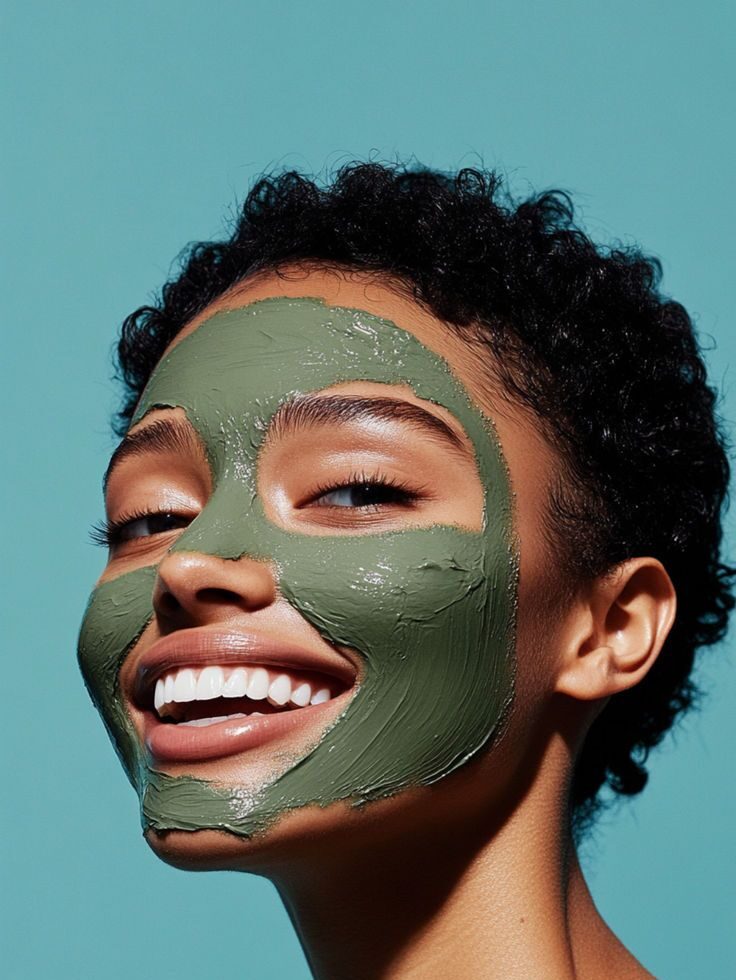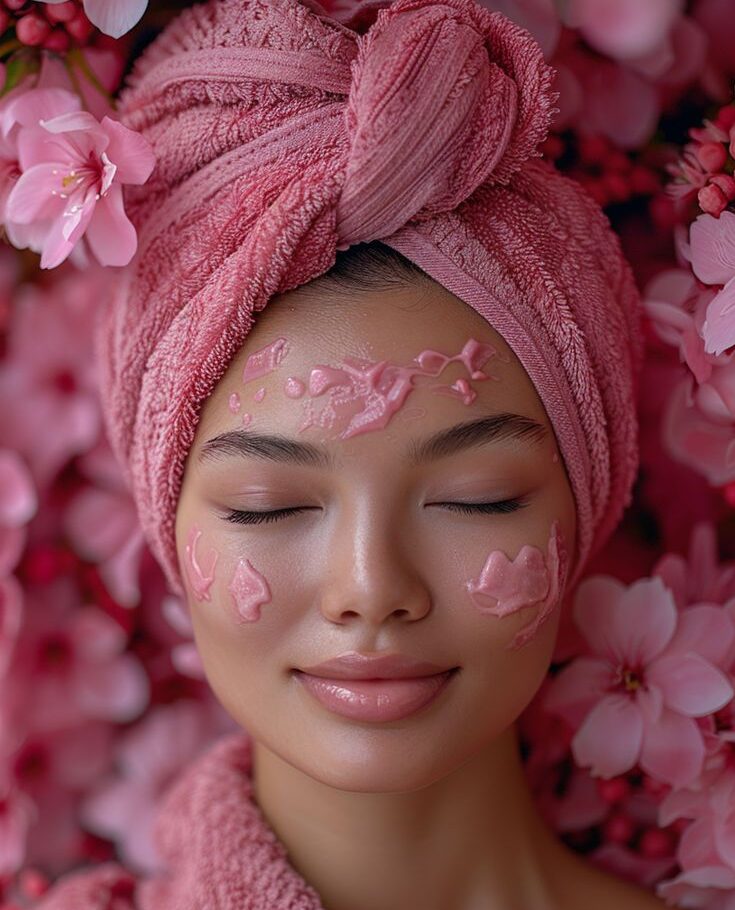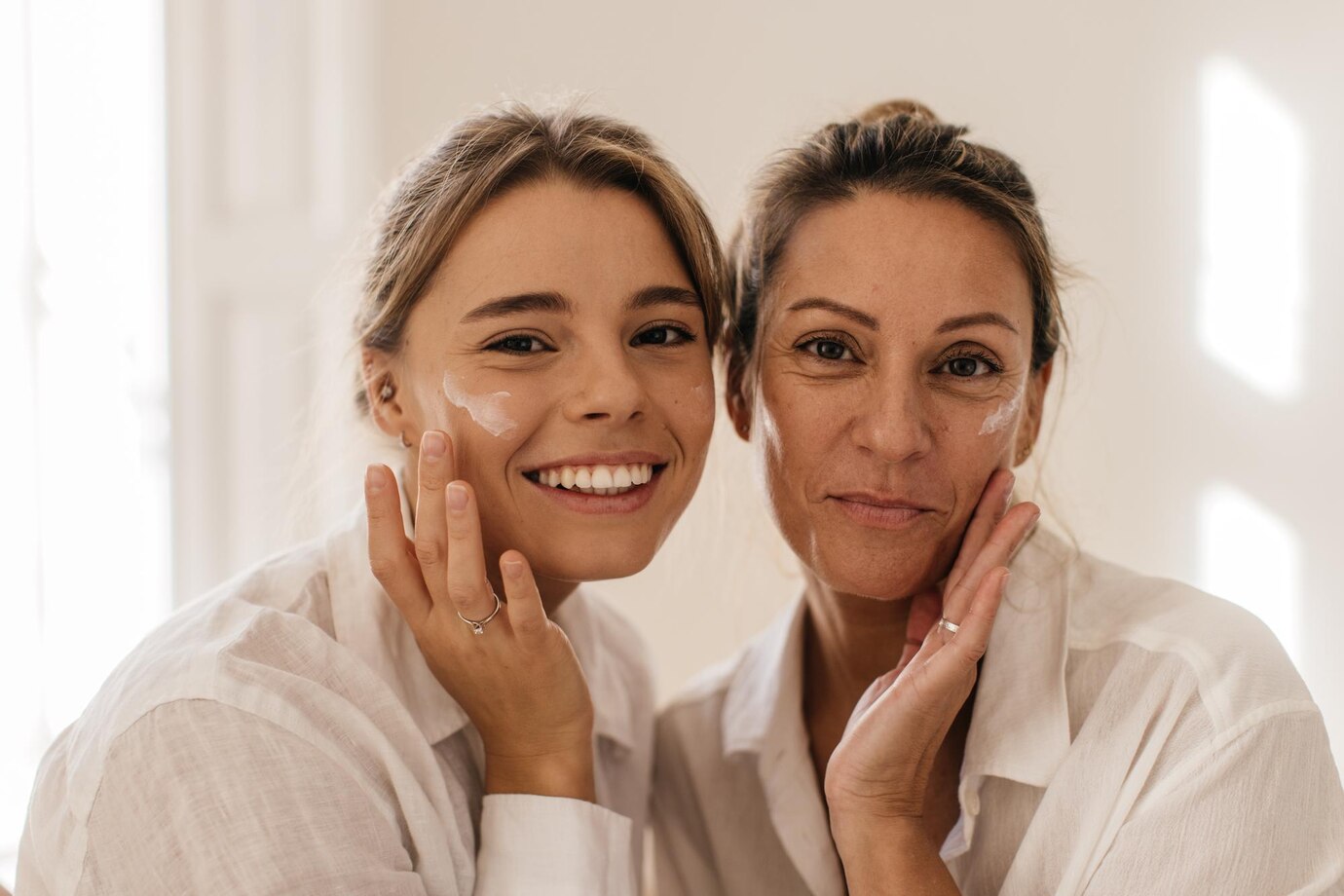As you know acquiring a tan from the sun or from a sunbed is a no go for me. Since I found out what happens to your collagen, elastin and DNA, I only enjoy the sun with protection. Though people often still say to me ‘You are so brown, have you just been on holiday?’ Now I love travelling, so the chances that I have just returned from abroad are big. That colour doesn’t come from the sun though, it comes from a self-tanner. People are always surprised when I tell them this. Don’t self-tanners make you orange and striped? That was the case in the past. Fortunately though, there has been much development in the world of self-tanning. A little practise, however, is required in order to achieve a natural look. Together with some helpful tips…
First more about self-tanners
How does a self-tanner actually work? The substance in a self-tanner which makes your skin brown is almost always DHA. This is a sugar which (is edible) reacts with the protein in your dead skin cells. During the reaction melanoidins are formed, and they are brown. The same process occurs when a steak is being grilled or when a sandwich is toasted.
The ‘end colour’ is determined by the concentration of DHA; the more there is in the product the darker the result. As a manufacturer you cannot choose DHA with a particular shade; your skin colour, the distribution of the dead skin cells and the pH of your skin are among the things which determine the ultimate colour of the tanning. Nowadays, erythrulose is also used, and more about that later.
Which product is for my skin and how do I go about it
My most important tip for self-tanning is to exfoliate first. Such as with a scrubbing glove and oil. Don’t leave this to the last minute but begin two or three days before applying your self-tanner. This will prevent stripes and patches. Some areas of your body have more dead skin cells, where your skin can colour more. First apply either a rich cream, vaseline or oil to areas such as your feet or elbowswhere the stratum corneum is thicker. Don’t shave just before, otherwise you will get lots of tiny dark dots where the hairs had previously been.
Dark or light skin

If you have darker skin, you are less likely to have patches and an orange tint. But the lighter your skin is, the more careful you need to be. For very pale skin or previous mishaps, I advise you to start with a low concentration of DHA (1-3%). Choose a self-tanner which states that it is suitable for light skin or a product which gives colour gradually. Foams and sprays are therefore less suitable for your skin; go for a cream or gel. You will then have more time before it absorbs in. It is best to use a glove so that your hands and nails do not become discoloured and you can distribute the product more evenly over your skin.
Gradual build up
In order to achieve a smooth transition to the hands, feet and neck, I either use a self-tanner which is a shade lighter, blend some self-tanner with my moisturiser or use one which you need to build up gradually. You can then apply the product evenly with a thick brush. If you haven’t had much experience with a self-tanner I would advise you not to apply it just before going to sleep and don’t leave it on for longer than 5 to 6 hours before rinsing off with water. If you have very light skin or, despite my tips, are still afraid off turning orange, then buy a product which contains erythrulose only.
You then need to be patient, as it takes about two days before you begin to see a colour. But there is less risk of patching and the colour is less orange. To make your colour last for as long as possible make sure you keep your skin well hydrated, that is why I keep my body well moisturised each day. I usually use a good oil and, for the drier areas, I apply a layer of my Repair Cream.
With or without colouring
Foams and sprays are suitable if you have darker skin. These absorb in straight away so you can get dressed more quickly. If you have darker skin, and have used these frequently, then a colourless self-tanner is a good choice. If you have light skin or haven’t had as much experience here, always choose a product containing colouring. Then you can see if you have applied the product evenly over your skin. Wash the colour off after approximately 6 to 8 hours. Annoyingly, you will go through a lot of clothes and bedding, but fortunately, it will come out easily in the wash.
If your skin doesn’t change colour
Sometimes products do not work as well as hoped. So self-tanners are tricky products to produce. The substance which gives your skin the colour is very unstable and doesn’t react well to heat and a high pH level. Some formulas have substances added which rapidly make the DHA inactive (such as carbomers, proteins, collagen and urea). Furthermore, self-tanners can become simple bacterial pits.
For this reason, use a self-tanner for no longer than 6 months after opening. Store your product in a cool place and choose a packaging which doesn’t allow light through. Always check by smelling the product before use. If it smells sour then it is best not to apply it onto your skin.
The product is not always the reason for not achieving a nice colour. If your skin is very alkaline, or you have just washed with an old fashioned bar of soap, or you still have traces of soap left on your skin, then the self-tanner will not work as well. This also goes for if you have traces of oil or body lotion left on your skin. Acids such as glycolic acid and mineral sun filters can also have a negative effect. My advice is as already stated above: the day or days before you want to give your skin a tan, exfoliate with a glove and oil, and moisturise well. On the day that you want to apply the self-tanner, rinse with water only and make sure your skin is thoroughly dry.
Which product should you choose?
Recommending a good self-tanning product is tricky. All of the products are actually heavily perfumed, otherwise they leave an unpleasant odour on the skin. Substances are also often added to help the active substance penetrate deeper into the skin to produce a better colour, such as propylene glycol. But seeing that the alternative, tanning from the sun, is even worse, and that you only apply a self-tanner occasionally, I am less critical this time.












